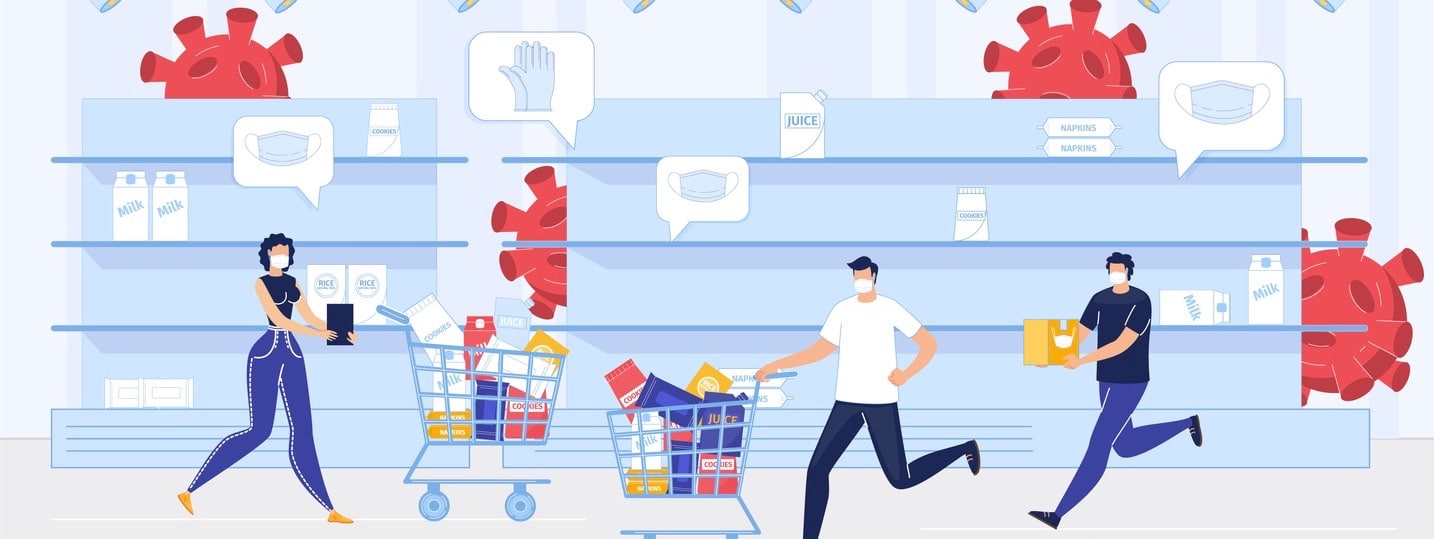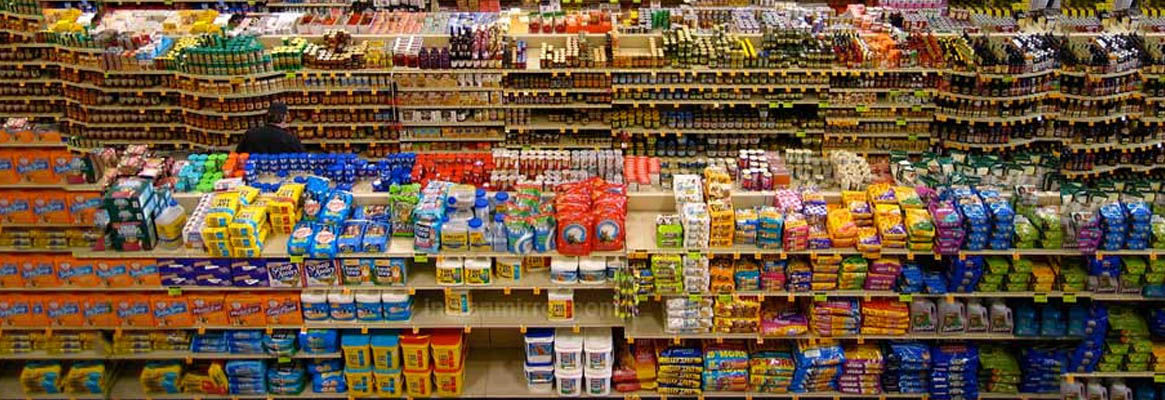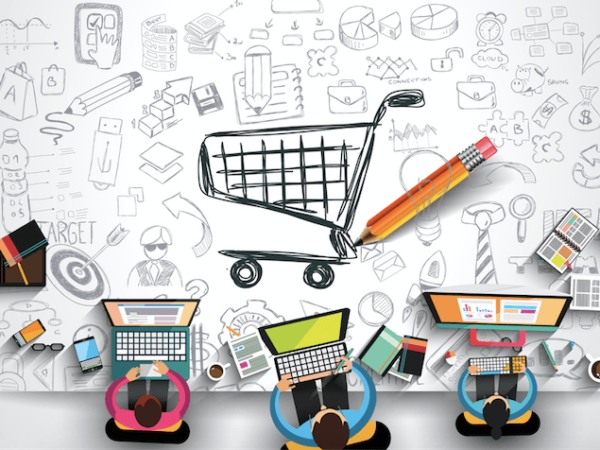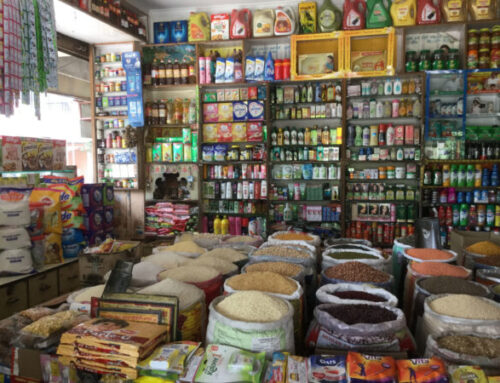As the Covid-19 pandemic spreads across the world, threatening lives as well as livelihoods, The Grocery Retailers are playing a vital role in society by keeping the humankind fed and healthy. Groceries remain the essential products in this uncertain situation and are evolving day by day.
The short-term priorities for food retailers are clear. They should safeguard the health of employees and customers, maintain business continuity, set up nerve system to manage their organizations’ work on the COVID-19 crisis, and manage demand to align the supply-chain capacity – for example, by reducing the assortment of offerings, rethinking promotions, or introducing new products.
From the time when the disease has first surfaced in India, there is a rapid increase in consumer interest in health and hygiene products, leading to purchase of safety items such as hand sanitizers and face masks. As the disease spread, consumers started stockpiling their pantry with shelf-stable food and broader assortment of health and safety products. Store visits went up and the basket size expanded. The quarantine stage, followed by restrictive living, led to a rise in online shopping, fewer store visits, purchase of essential goods.

The question arises that what changes are expected in consumer businesses and what they need to focus on. Nielsen said when people return to daily routines, they may continue to be cautious about health, and there could be permanent shifts in supply chain and increased usage of e-commerce. The aftereffect of Covid-19 for retailers will make them think on the following points:
- Reimagine safety, health, and the scope of supply chains
When shopping, consumers are worried about their personal safety. What’s more, hygiene and cleanliness consistently feature among the top three reasons for positive shopping experiences. Consumers are also expressing strong preferences for local brands over international ones, across all categories.
No rights reserved, used for representational purpose only. Source: www.TheSupplyChainPeople.in To address this consumer shift, the retailers should rethink their offerings and provide healthier, more locally sourced products (including ready-to-eat and ready-to-cook items) with a smaller environmental footprint. To meet rising customer expectations, these companies should also rethink the safety of the customer journey, whether it’s in-store or via delivery. For example, they can use technologies such as self-checkout and cash-free transactions to reduce risks.
- Rethink on Sourcing
Grocery Retailers are dealing with the significant out-of-stock situation as consumers are hoarding supplies. It is important that retailers should start assessing critical raw material availability. There exists a need for consumer companies to identify their key suppliers and assess their risks and ability to meet supply requirements. With a surge in demand for essentials, businesses should understand their suppliers’ ability and timeliness to supply materials with the right quality standards. Here packaging material suppliers and transportation partners are critical as they are two high-risk supplier categories, from an operations discontinuity perspective.
No rights reserved, used for representational purpose only. Source: www.etailgrocer.com To address this, food retailers need to use technology in new and different ways to scale up their e-commerce channels and their capacity for home delivery. They can do so by partnering with last-mile players and cold-storage warehouses.
- Reimagine the meaning of value for money
Between 30 and 50 per cent of consumers globally expect their household income to continue to fall over the next two weeks. people are worried about the pandemic’s impact on their personal incomes. There have been surges in purchases of private-label and value brands. Consumers are more interested in reasonably priced products with core features than in higher-priced, cutting-edge products
No rights reserved, used for representational purpose only. Source: www.fibre2fashion.com To address these shifts, food retailers should rethink their promotional calendars to safeguard their marketing spending to use only when it’s needed to stimulate demand, either for discretionary products or for post-crisis essentials to meet people’s desire for value.
- Re-establishing Loyalty
Location and availability of goods (often, fresh products) are the primary reasons why consumers have shifted from their primary stores, largely based on the availability of fresh food and the location.To address this “loyalty shock,” retailers should determine which stores are being affected disproportionally by customers shifting to other primary stores. Targeted marketing may help bring these customers back, as would retailers finding a way to better communicate the efforts they are taking to support customers and their societies more broadly, so consumers will be likelier to give them a bit more leeway.
According to EY Future Consumer Index, we can understand the emerging consumer behaviour during Covid-19 and after effect on the sentiments and behaviour.
EY Future Consumer Index: Now, four consumer segments have emerged during the COVID-19 crisis
- Save and stockpile– 35% of consumers- Not so concerned about the pandemic, but worried about their families. Pessimistic about the long-term effects.
- Cut deep– 27% of consumers- Hardest hit by the pandemic. Most pessimistic about the future. Spending less across all categories.
- Stay calm, carry on– 26% of consumers- Not changing their spending habits. Not directly impacted by the pandemic. Worried that others are stockpiling.
- Hibernate and spend– 11% of consumers- Most concerned about the pandemic. But best positioned to deal with it. Optimistic for the future. Spending more across the board.
EY Future Consumer Index: Next, five consumer segments will appear after the COVID-19 crisis
- Get to normal– 31% of consumers- Spending largely unchanged. Daily lives were never really affected. Least concerned about the pandemic overall.
- Cautiously extravagant– 25% of consumers- Middle to high income. Very focused on health but relatively optimistic despite a strong belief that a global recession is coming. Will spend more on areas important to them.
- Stay frugal– 22% of consumers- Spending slightly less, but some deep cuts. Trying to get back on their feet. Among the most pessimistic about the future.
- Keep cutting– 13% of consumers- Least educated. Least likely to be working. Making deep spending cuts. Changing what they buy and how. The pandemic was always a huge worry.
- Back with a bang– 9% of consumers- Younger and in work. Spending much more in all categories. Their daily lives were most disrupted. Now they’re the most optimistic.





